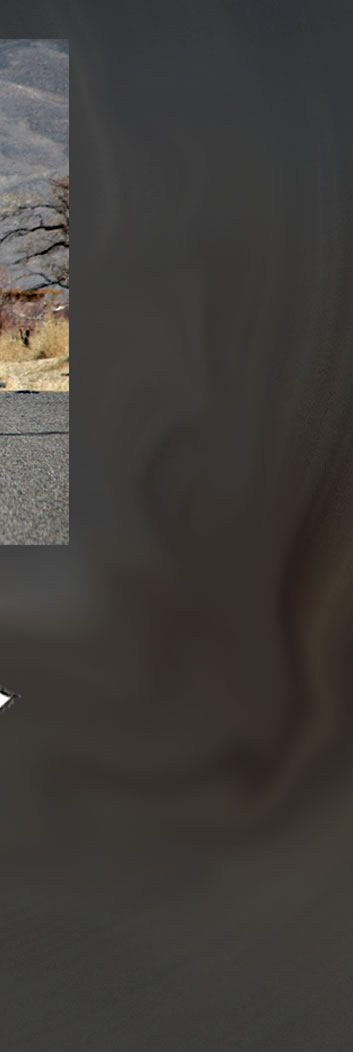 |
 |
 |
 |
| Multiple Road Mirage imaged by Andrew Kirk on a cold winter day near Bishop, California. �Andrew Kirk, shown with permission. Andrew describes it as a humble mirage but the road or desert mirage is the classical and best known of all the mirages. Unusually this one shows five or six ‘reflections’ of the white object and terrain. Undulations in the road could be responsible. The mirage arises from strong temperature gradients in the air layers near the road. Sunlight has heated the road surface and this in turn has heated the lower air layers. Light rays from the sky or other objects are refracted as they pass through the air layers. The direction of refraction is that rays curve towards the denser air layer – in this case towards the upper colder air. Some rays are sufficiently deflected that they travel back upwards. To the eye these appear to come from an inverted object below the horizon. This type of mirage is named an ‘inferior mirage’, not for any lack of quality or appeal but because the image is beneath the real object. Superior mirages produced by cold air beneath warmer, have an inverted image above the object. In the extreme the latter develop into the fabled Fata Morgana (1,2,3). |
 |
 |
 |
 |

| About - Submit | Optics Picture of the Day | Galleries | Previous | Next | Today |